As you probably know by now, there are two 150-600mm F5-6.3 zoom lenses in the SIGMA lens lineup: the 150-600mm F5-6.3 DG DN OS | Sports, and 150-600mm F5-6.3 DG OS HSM | Contemporary. However, at one point there also existed the 150-600mm F5-6.3 DG OS HSM | Sports, which this article aims to compare to the newer 150-600mm F5-6.3 DG OS HSM | Contemporary.
The Contemporary is the lighter of the two lenses at just over four pounds, compared to 6.3 pounds for the Sports version. The lighter weight of this lens, both in the bag, and in the hands, makes the Contemporary version perfect for on the go nature and outdoor photography. True, you do trade some of the weatherproofing and the totally ruggedized build of the Sports version; but for me, in all but squall-like conditions, it is a tradeoff I am usually willing to make.
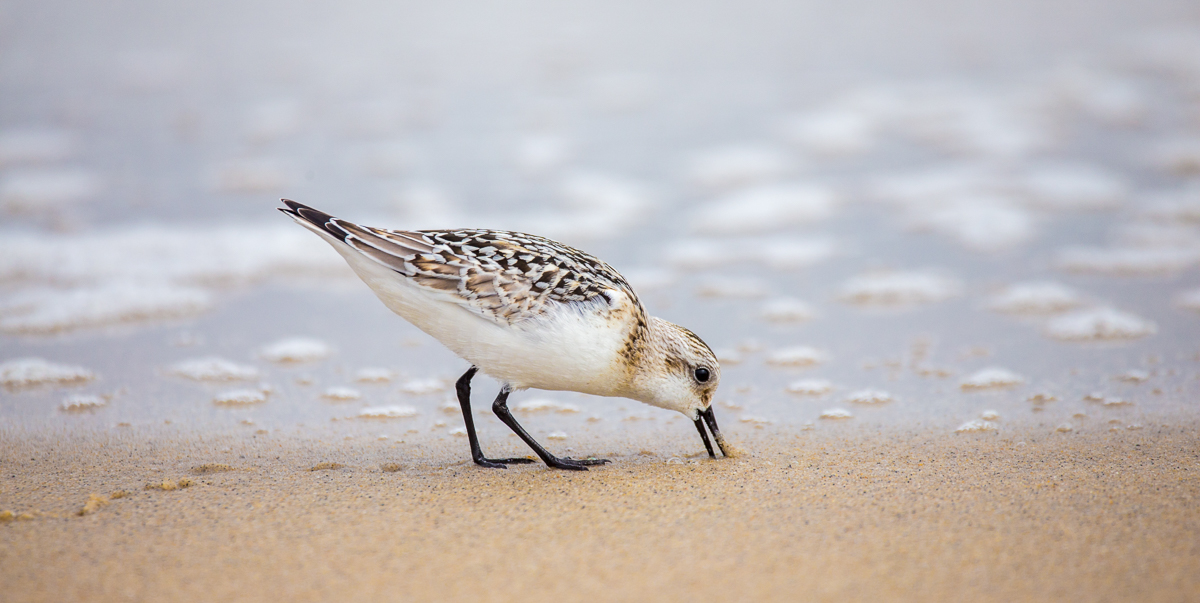
Unique Features of a SIGMA Lens
I have used both the 150-600mm Sports and Contemporary zoom lenses over the past year, and with both lenses, I am very pleased with the focal plane sharpness at all focal lengths—even wide open. The shared DNA and exclusive SIGMA features of these lenses—much of which is exclusive to the two SIGMA lenses in this category—include the zoom lock switch at all marked focal lengths, the Autofocus speed tuning with the USB dock, custom focus limiters with the USB Dock, 16 zone microfocus tuning with the (wait for it…) USB dock, and the orientation detection panning mode with the Optical Stabilizer place both of these lenses at the head of the pack among long-reach telephoto zoom lenses.
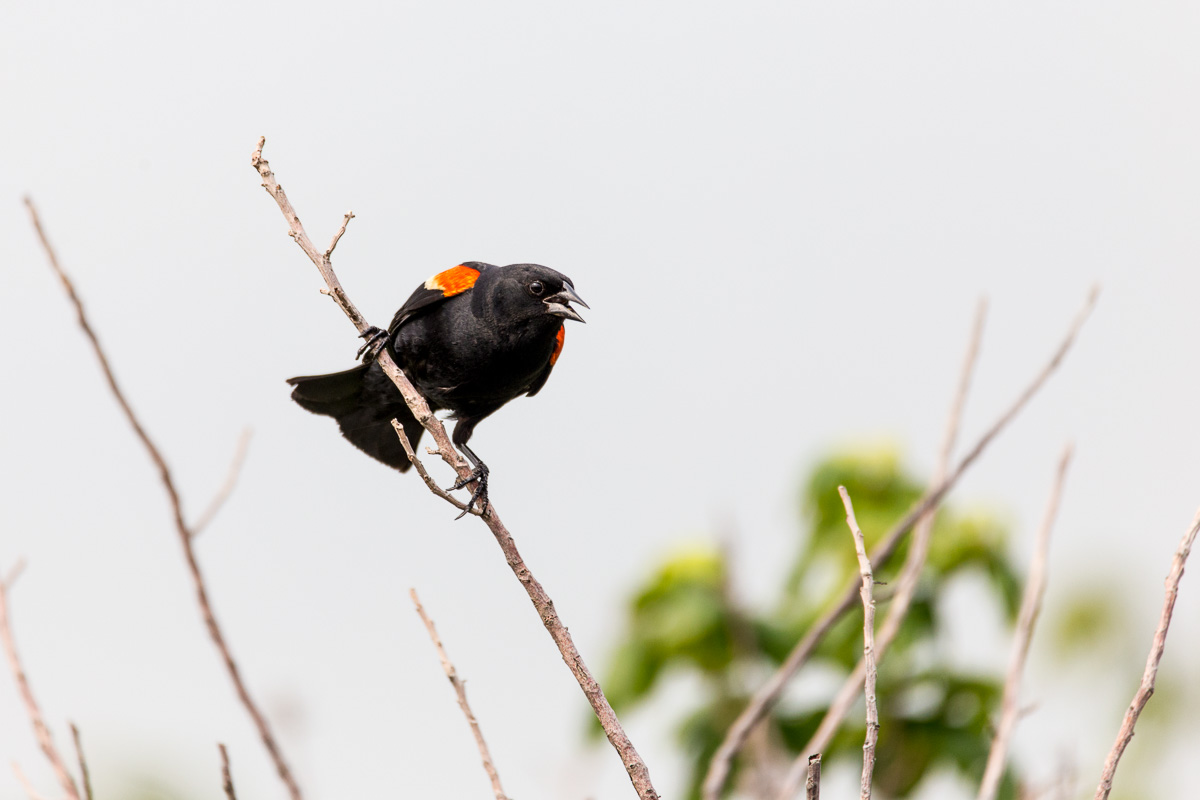
The compact design of the Contemporary version makes it my new go-to lens for outdoor photography. For me and my ways of photographing, the total performance, portability and versatility almost always outweigh the advantages of the more ruggedized build of its Sports sibling.

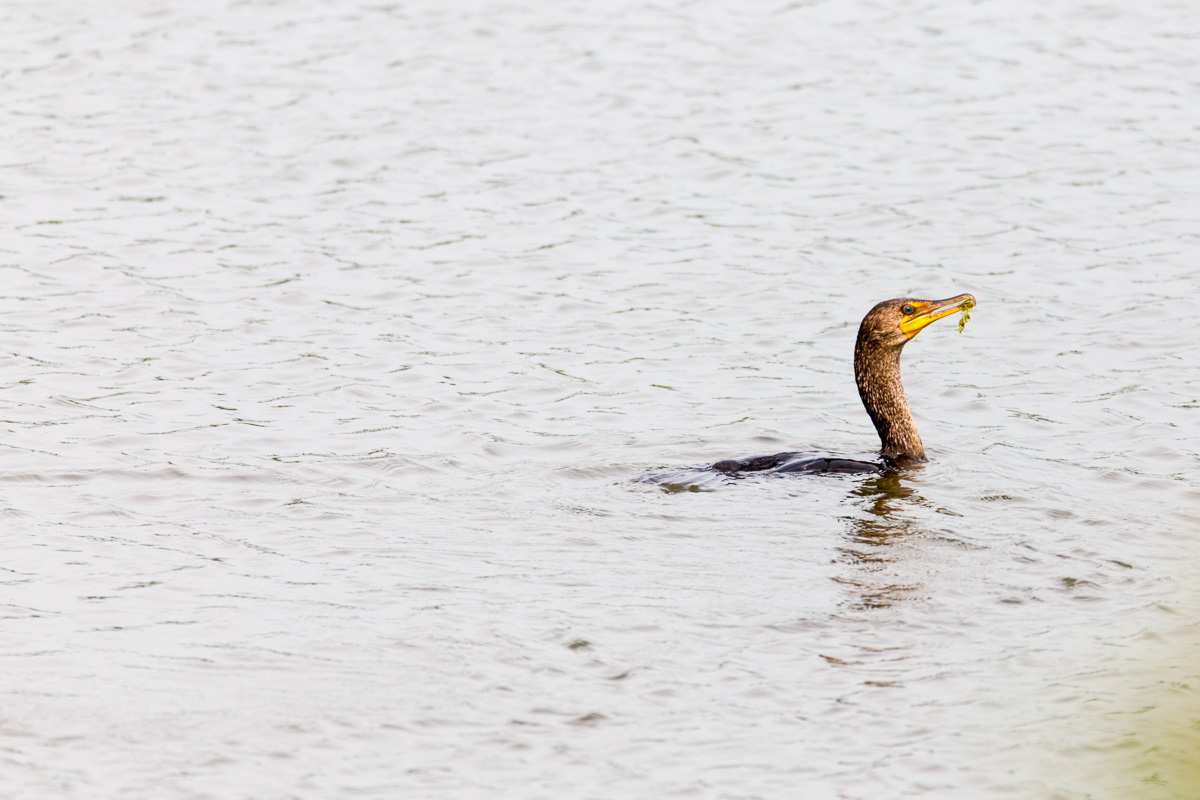
Fast, Lightweight Versatility
I am not the sort of photographer that prefers to squat in one spot on the sidelines with a monopod; and I am not the sort of photographer who prefers to sit on a fold-up chair inside a bird blind for hours on end with a gargantuan lens on a gimbal-head tripod.
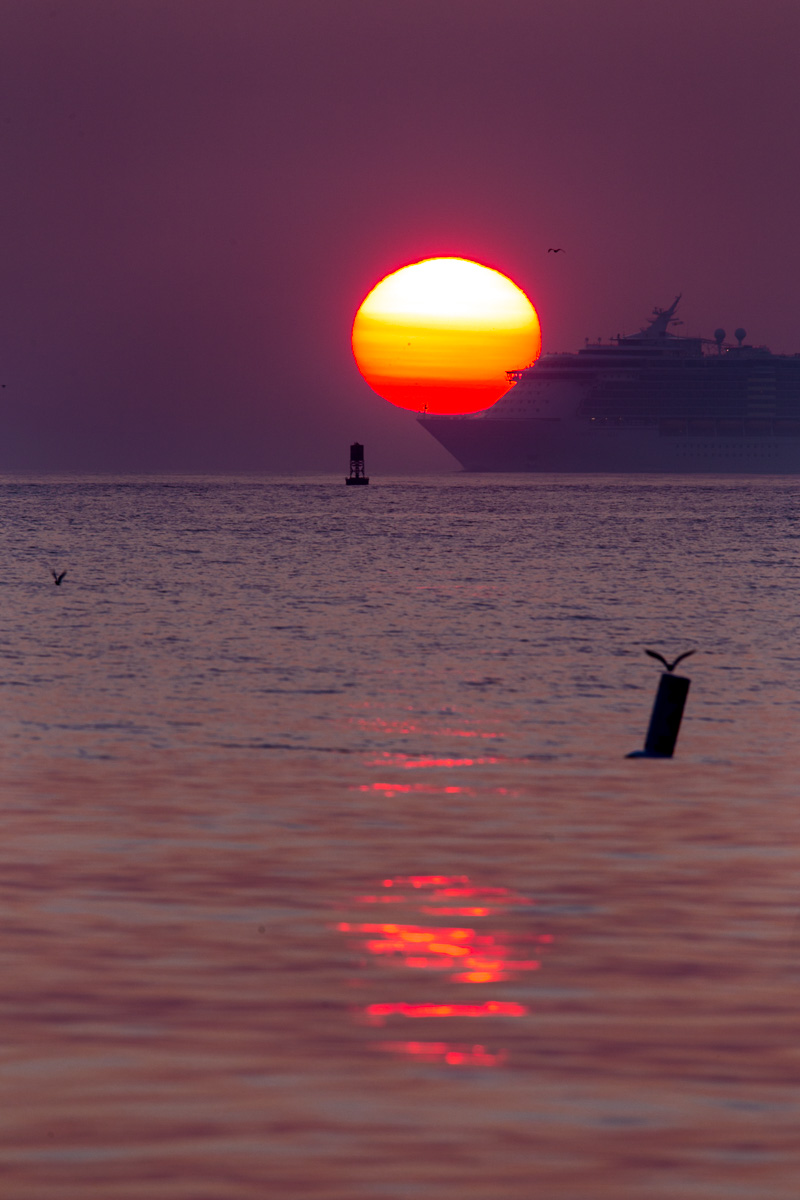
For me, wildlife and outdoor photography has always been an active pursuit. I hike with my lenses. My favorite outdoor photography days are days when I can cover a lot of ground with a lens slung over my shoulder—at the ready when an opportunity presents itself. (In fact, my single-biggest issue with time lapse photography is the sedentary nature of it, once the cameras are set up!)
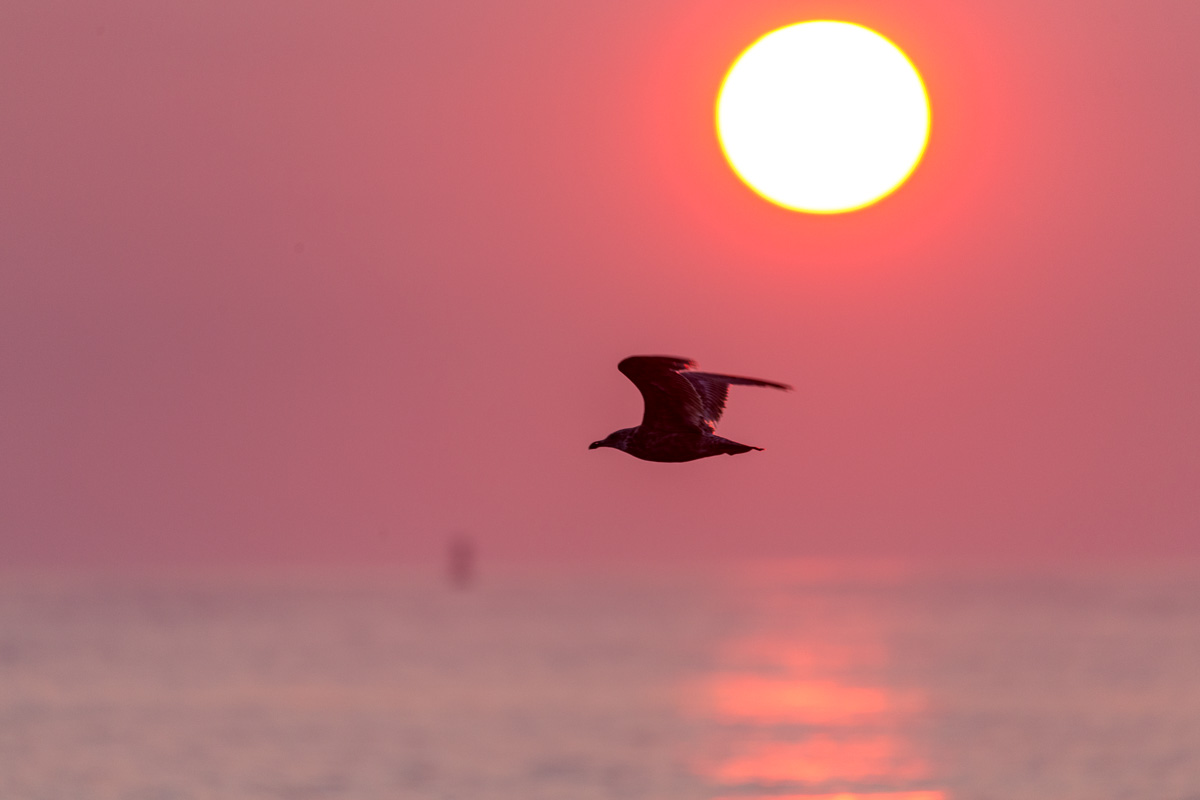
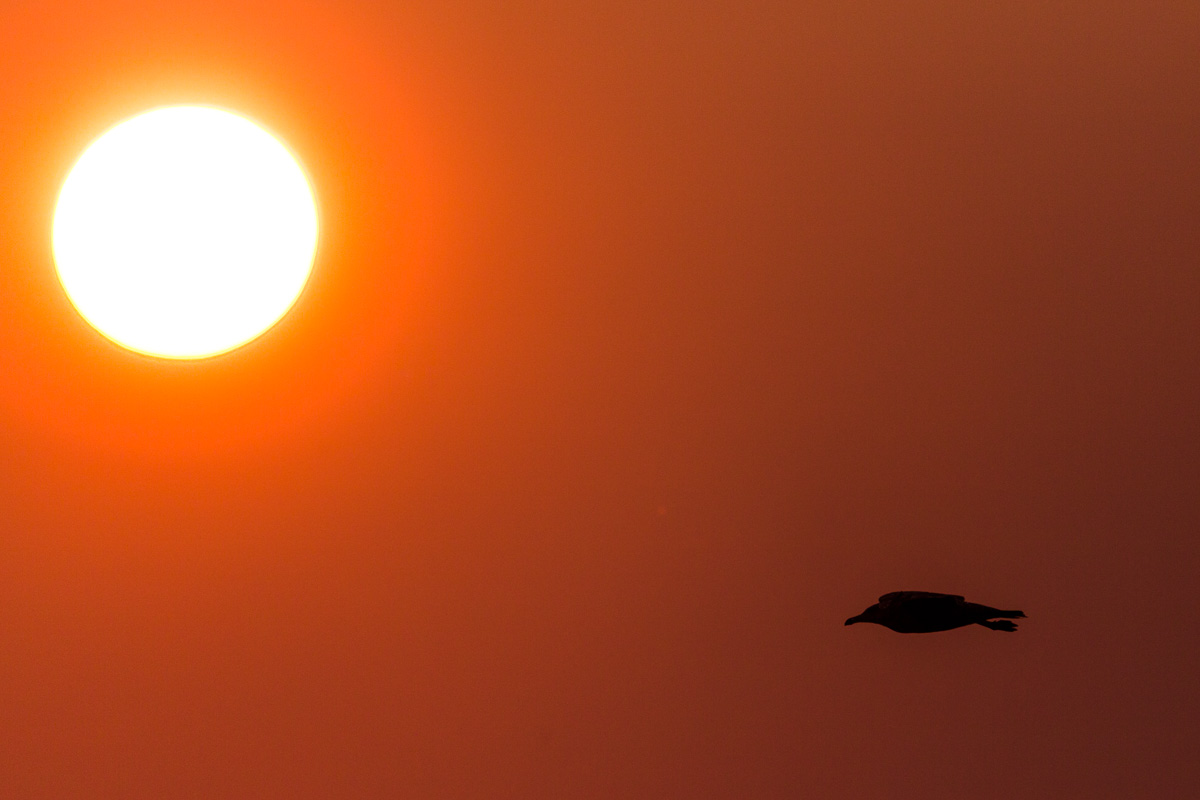
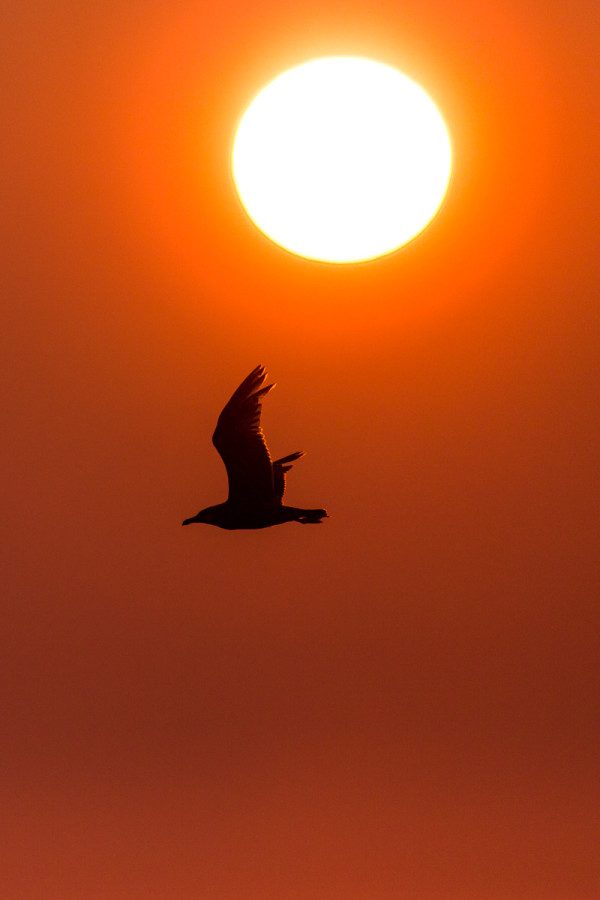
The long reach, sharpness, light weight, and lens feature set on the 150-600mm F5-6.3 DG OS HSM | Contemporary make it perfect for me, without ever having a feeling that I am making too great a compromise in terms of reach, range, image quality, and total performance.
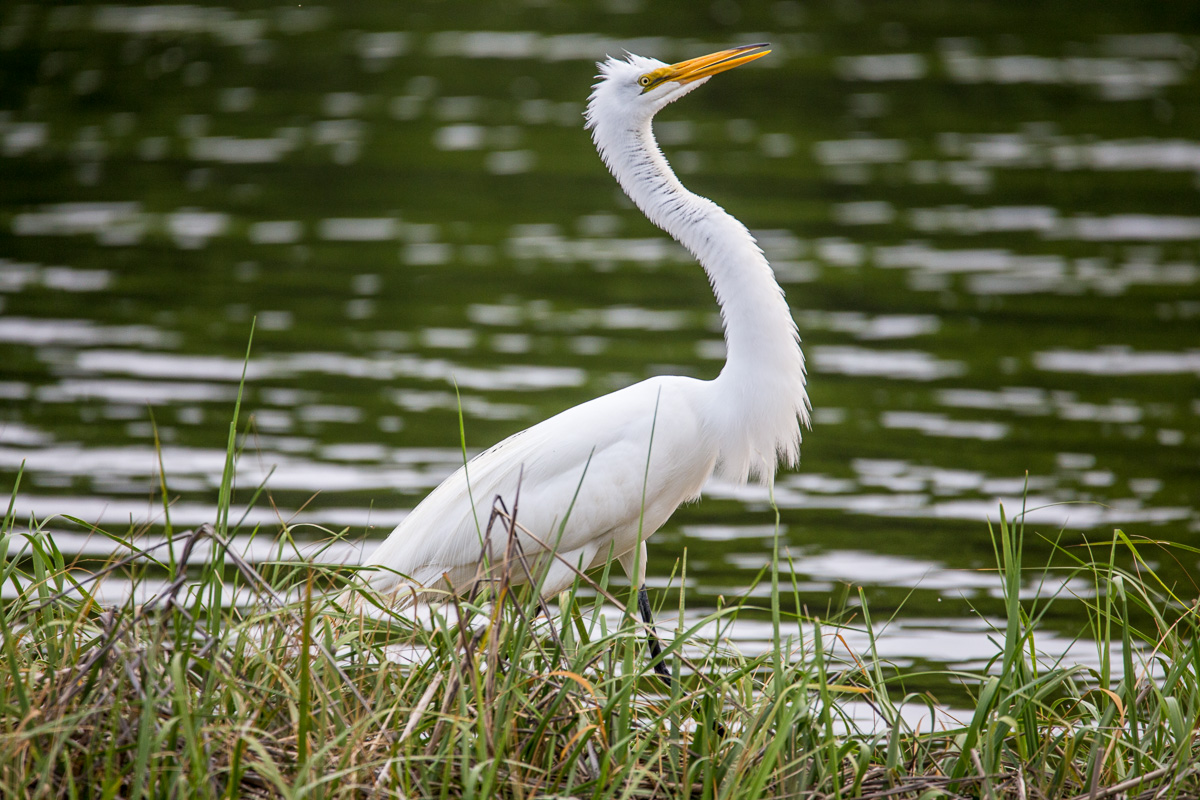
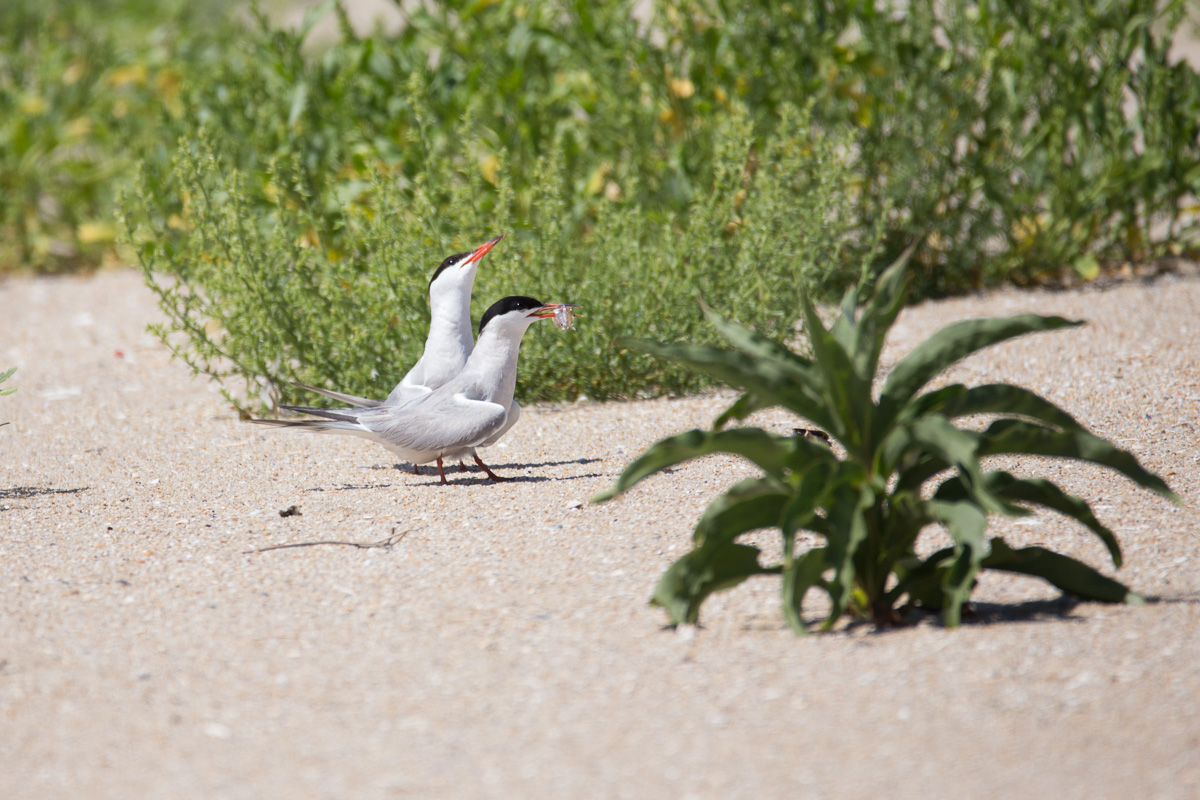
I first visited this site for a news story back in 2000 with a giant 400mm F2.8 and 2x teleconverter paired with a 1.3 megapixel camera, and, of course, a sturdy tripod. There were only about fifteen nesting pairs of least terns at that time. Upon my return visit this summer, with the much lighter and more easily manageable 150-600mm | C, there were easily 100 nesting pairs of least terns, along with black skimmers, oyster catchers, and common terns!
The fact that this lens is so portable and easy to hand-hold for hours at a time, and offers such high-quality sharpness, even wide open at 600mm has allowed me to make so many shots that I just would not have been able to make with a bigger, bulkier lens–even with a responsive gimbal tripod head.
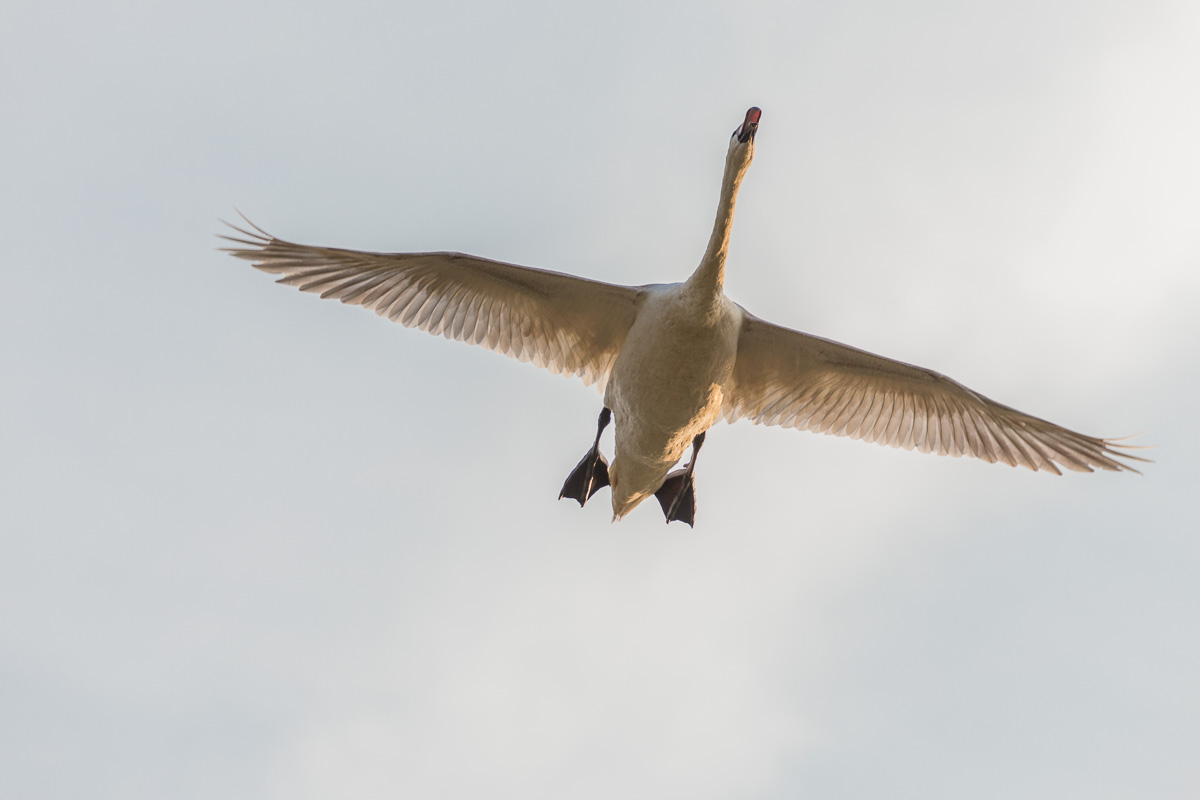
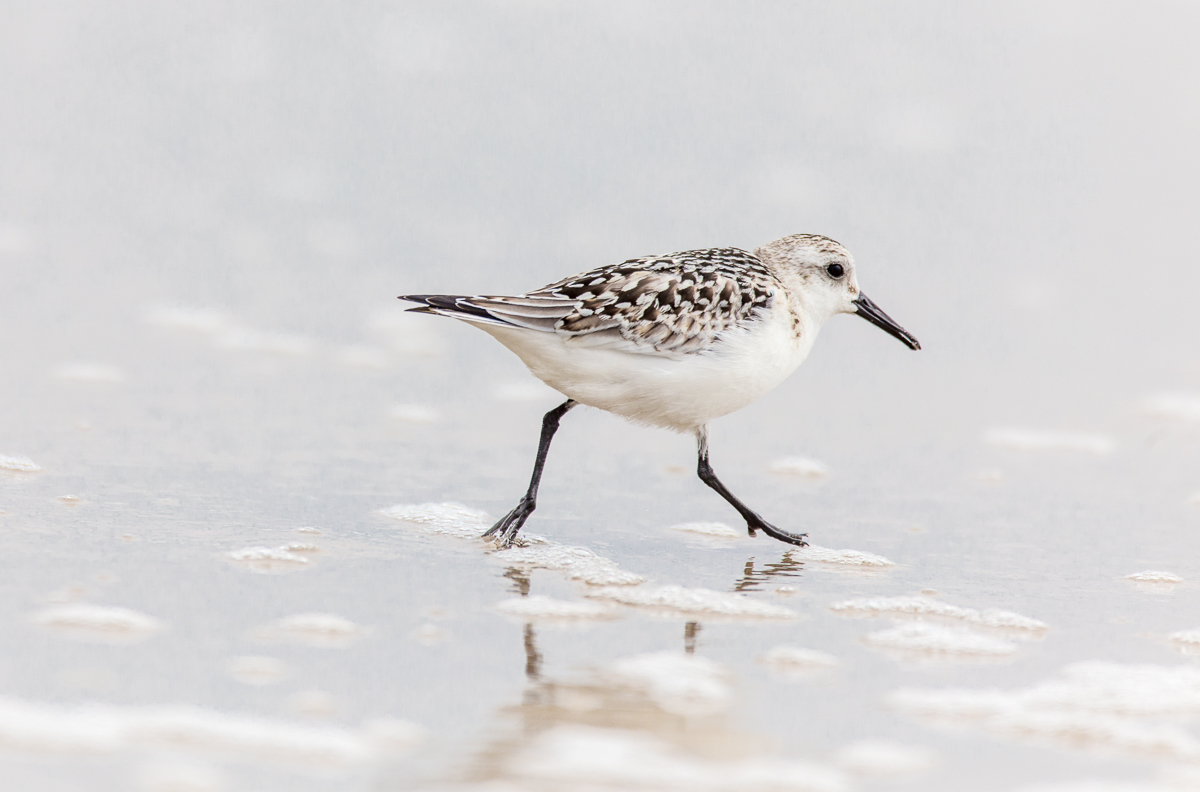
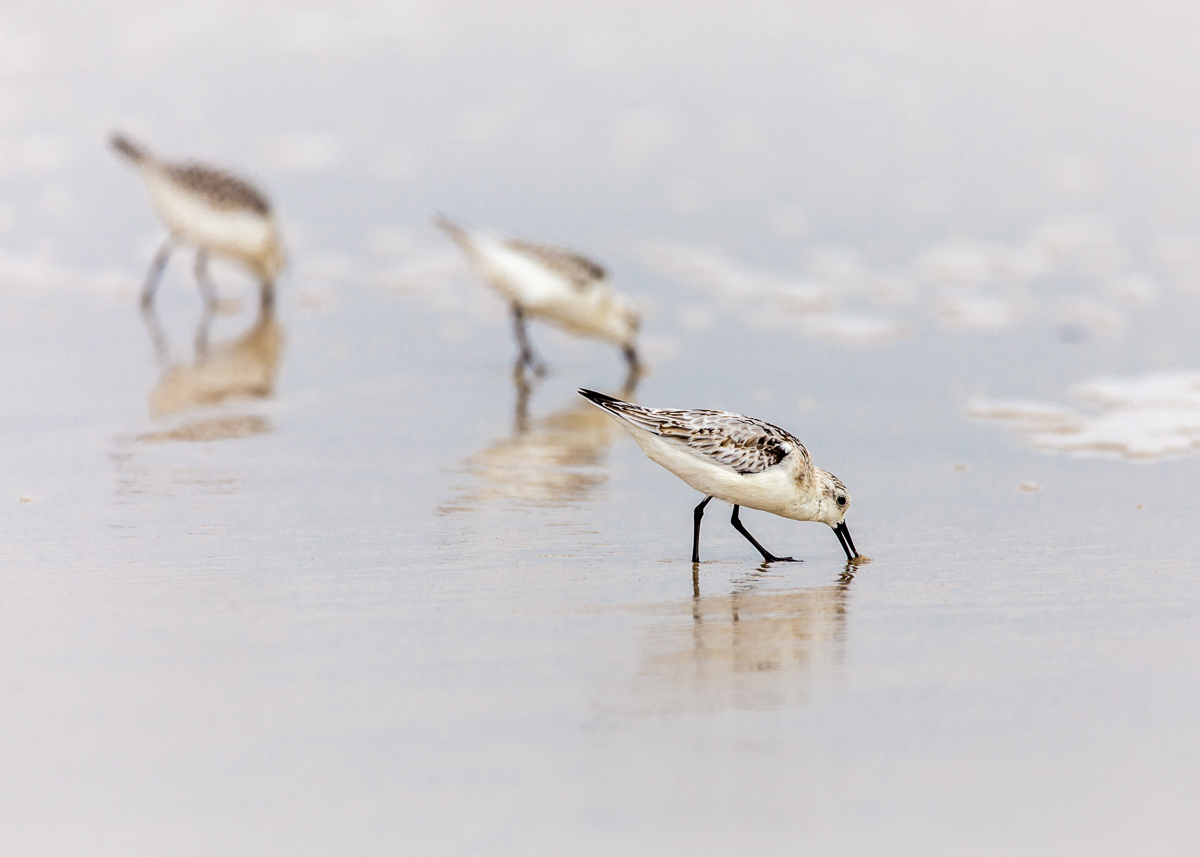
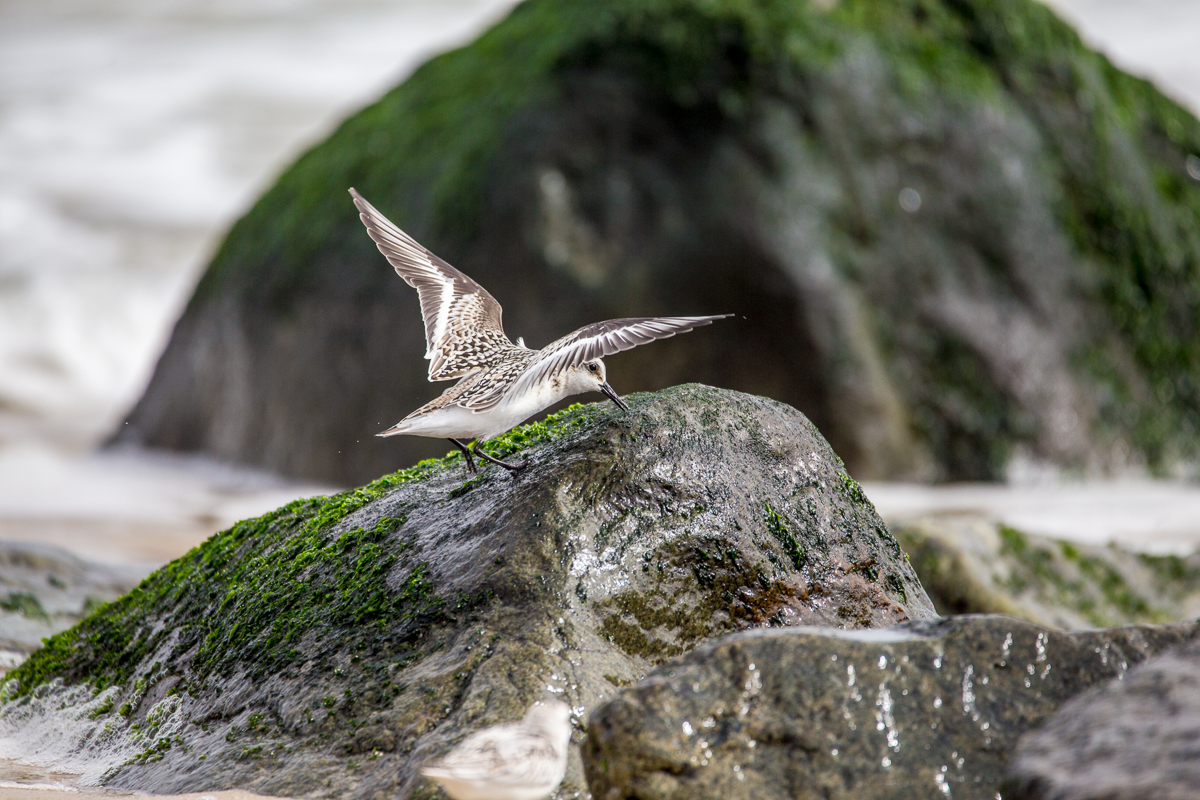
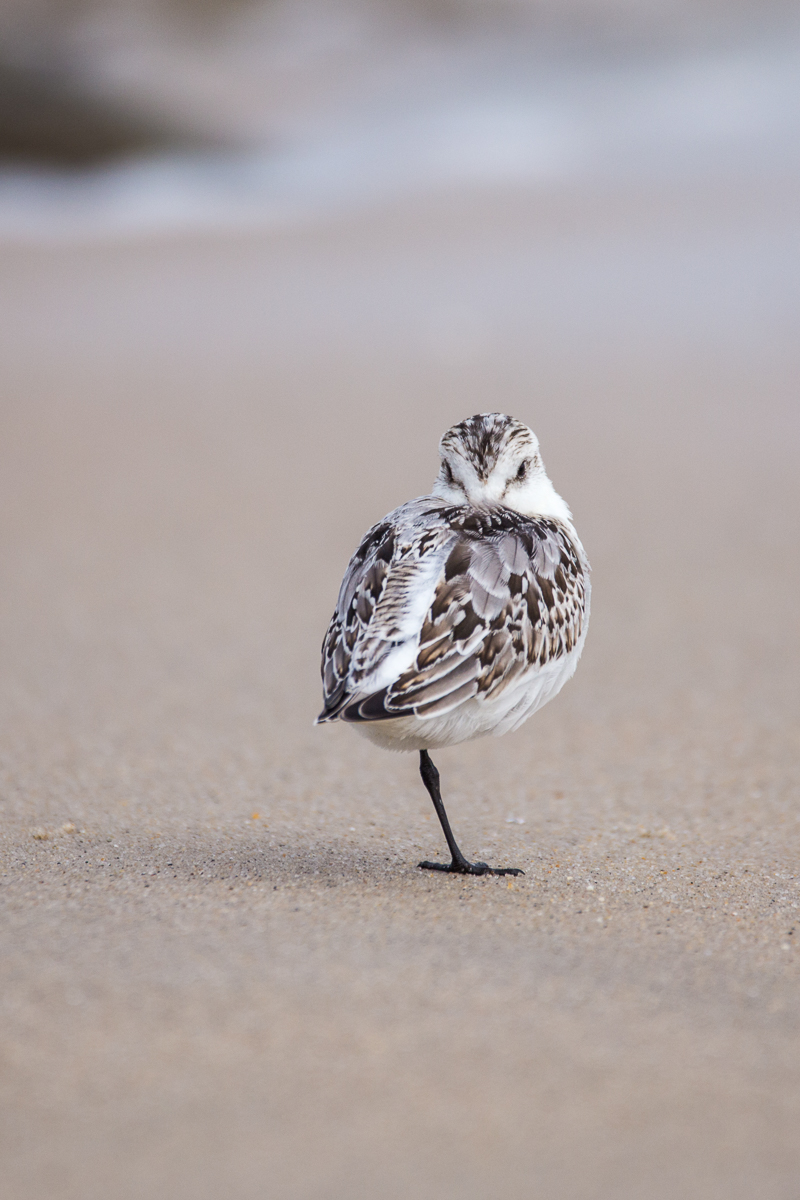
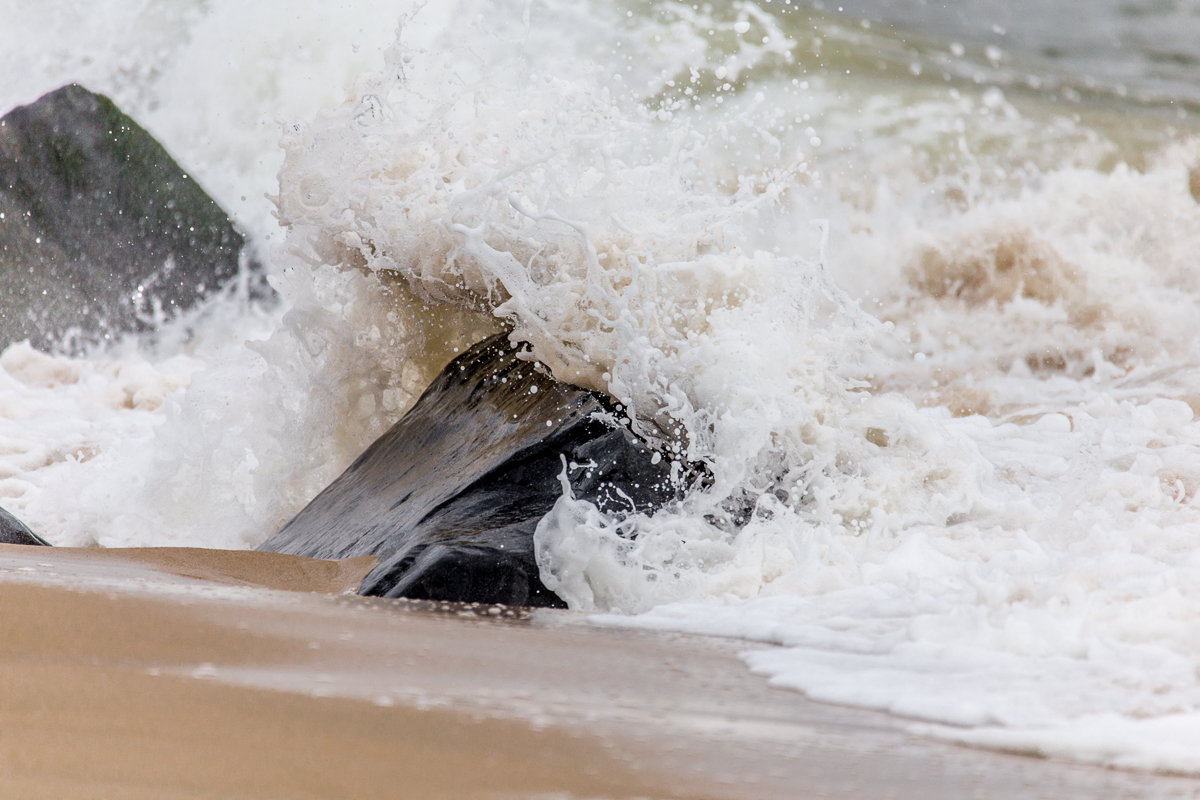
I’m just not a gimbal guy. I understand them and can appreciate their value in manipulating big, bulky lenses; but I feel like I’m swimming in wet concrete when I’ve got a lens mounted to a gimbal. My camera and I can’t move as fast and as freely as I want when we’re tethered to a gimbal. I can’t drop down to the ground when a plover skitters right in front of me then pivot to tracking a gull across the morning sun and up and over my head when I’m anchored to a gimbal.
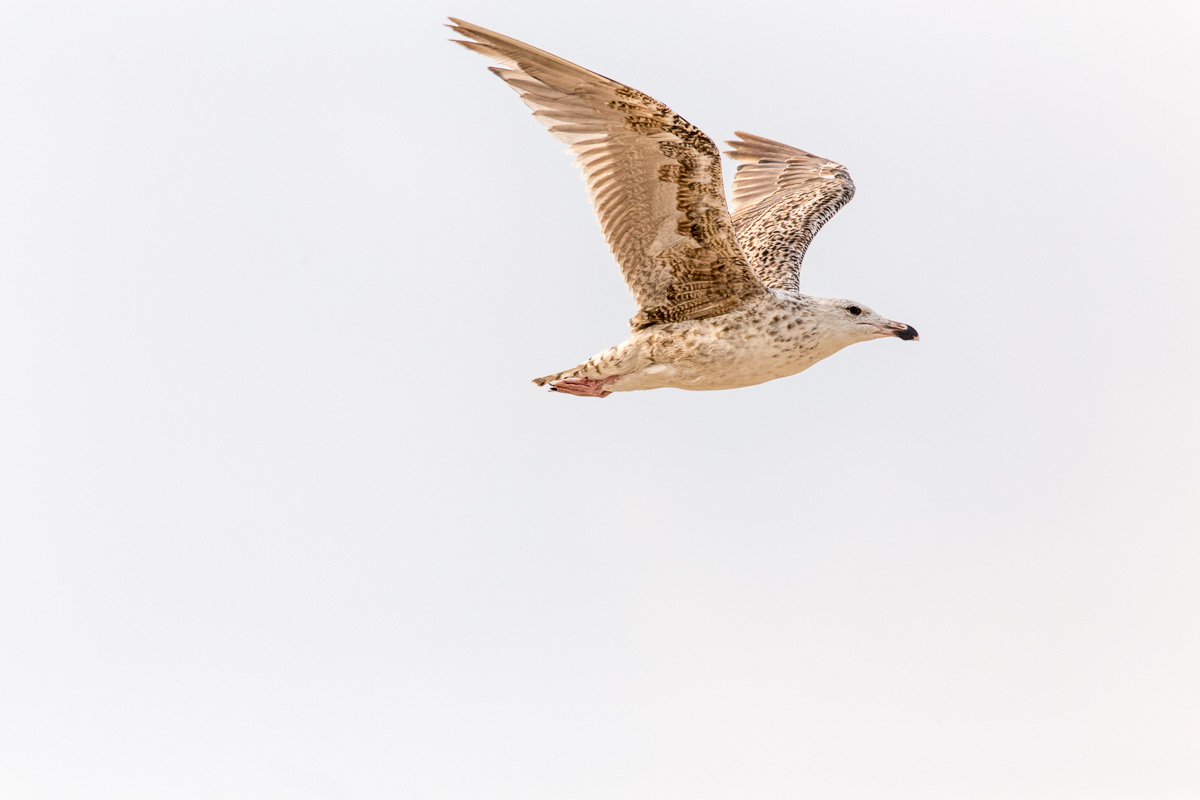
I am a native of the Jersey Shore, and I know gulls very well, and they are very tough to ID as they go through seasonal changes, molts, juvenile variations and natural variations. I am guessing this is a ring-billed juvenile. I really love the golden light on the textures and patterns on the wings.
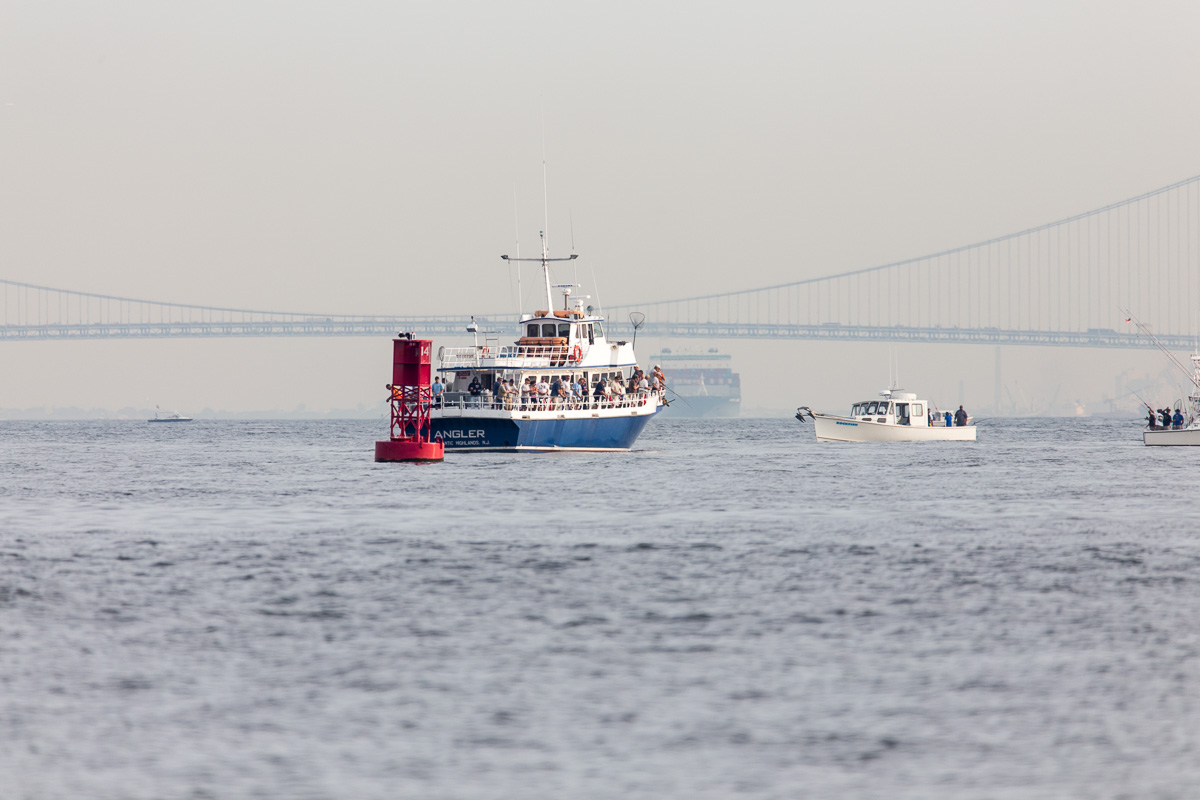
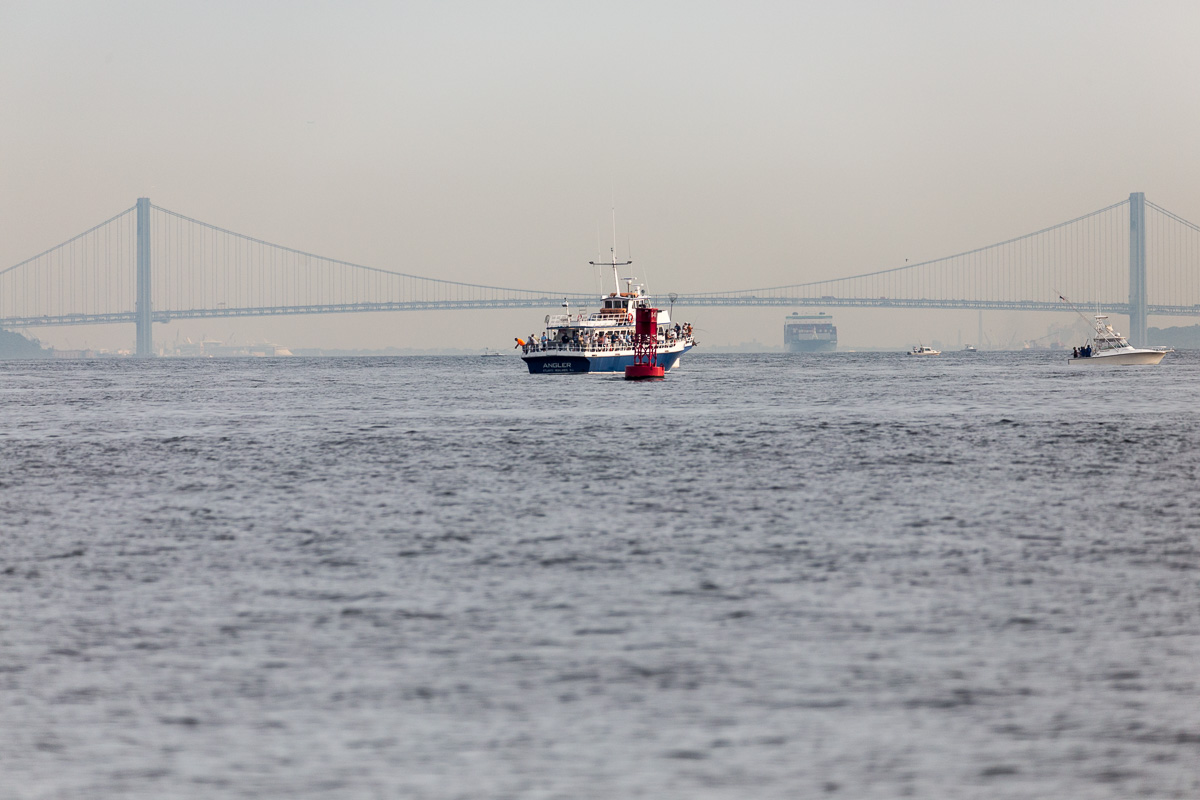
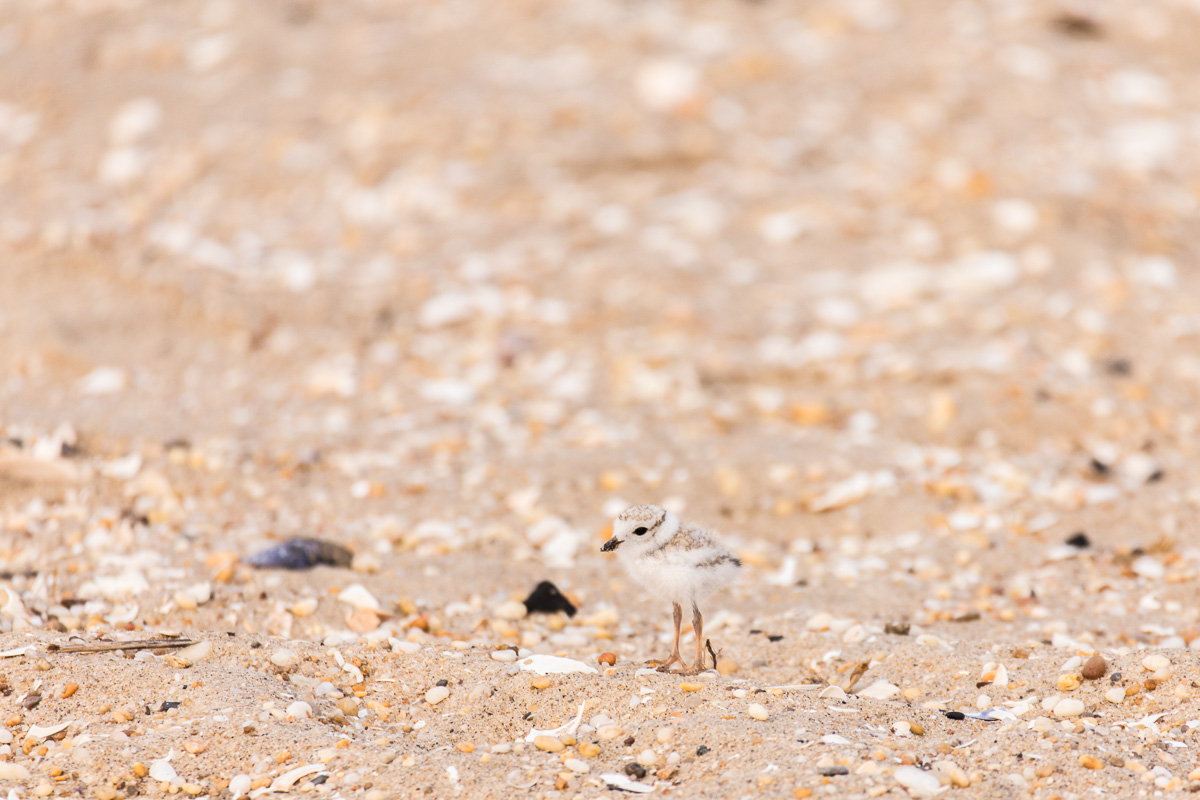
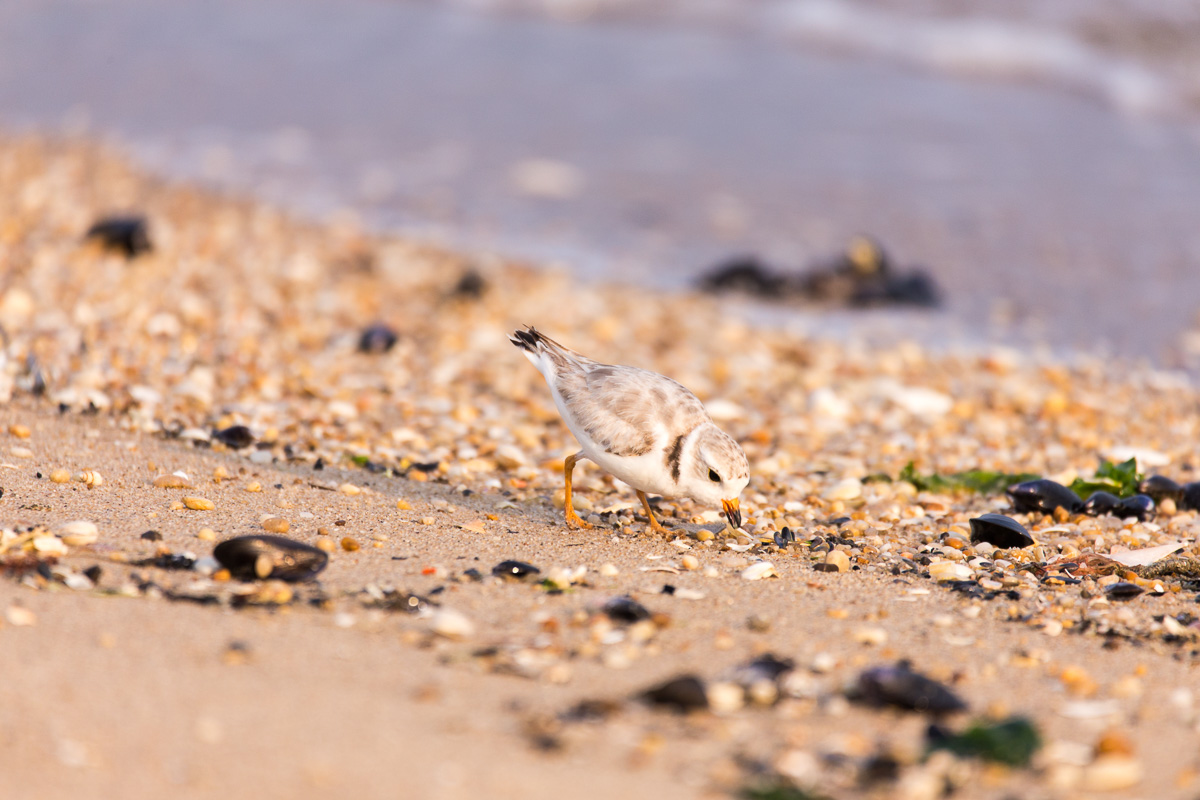
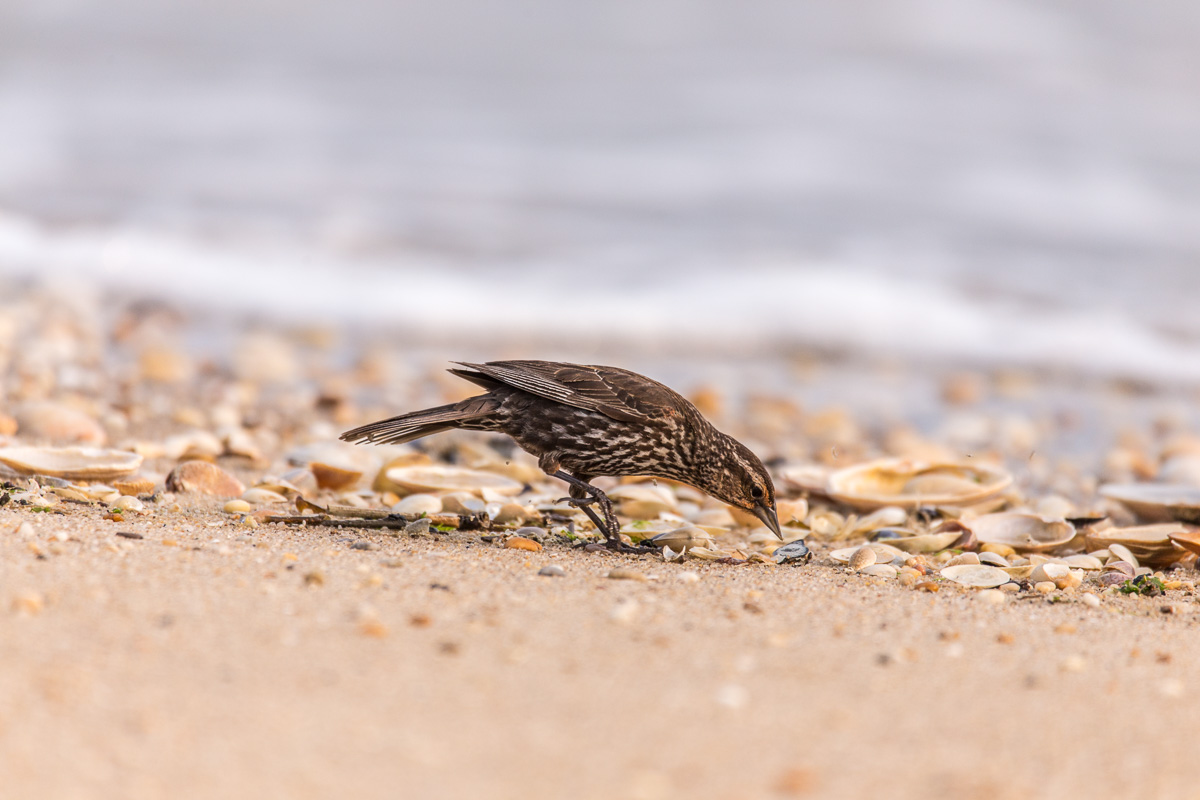
Innovation at Its Finest
I was a big fan of the 150-500mm lens, but there were a few things on my wish list for an upgrade; and the 150-600mm F5-6.3 DG OS HSM | Contemporary isn’t just an iterative update, it is a sea of change. For example the 150-600mm Contemporary lens has a focus limiter (which the 150-500mm lacked), which is so helpful in speeding autofocus response times depending on known subject distances. And the shared DNA and exclusive feature sets of the two SIGMA 150-600mm F5-6.3 zoom lenses activated through the USB Dock, such as AF speed enhancements, custom focus limiters, manual focus override, OS preview, and sixteen zone focus tuning, and the unique zoom lock at all marked focal lengths make both 150-600mm lenses incredible updates from the last generation.
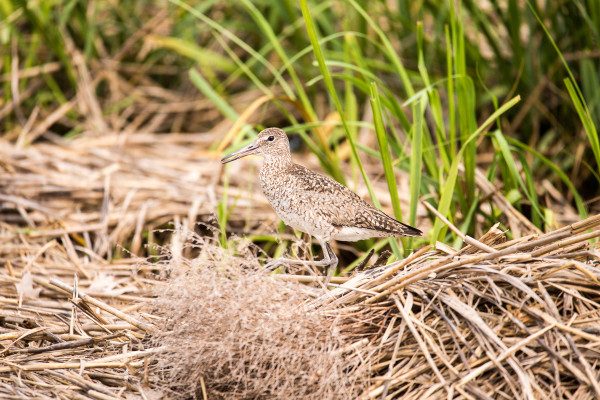

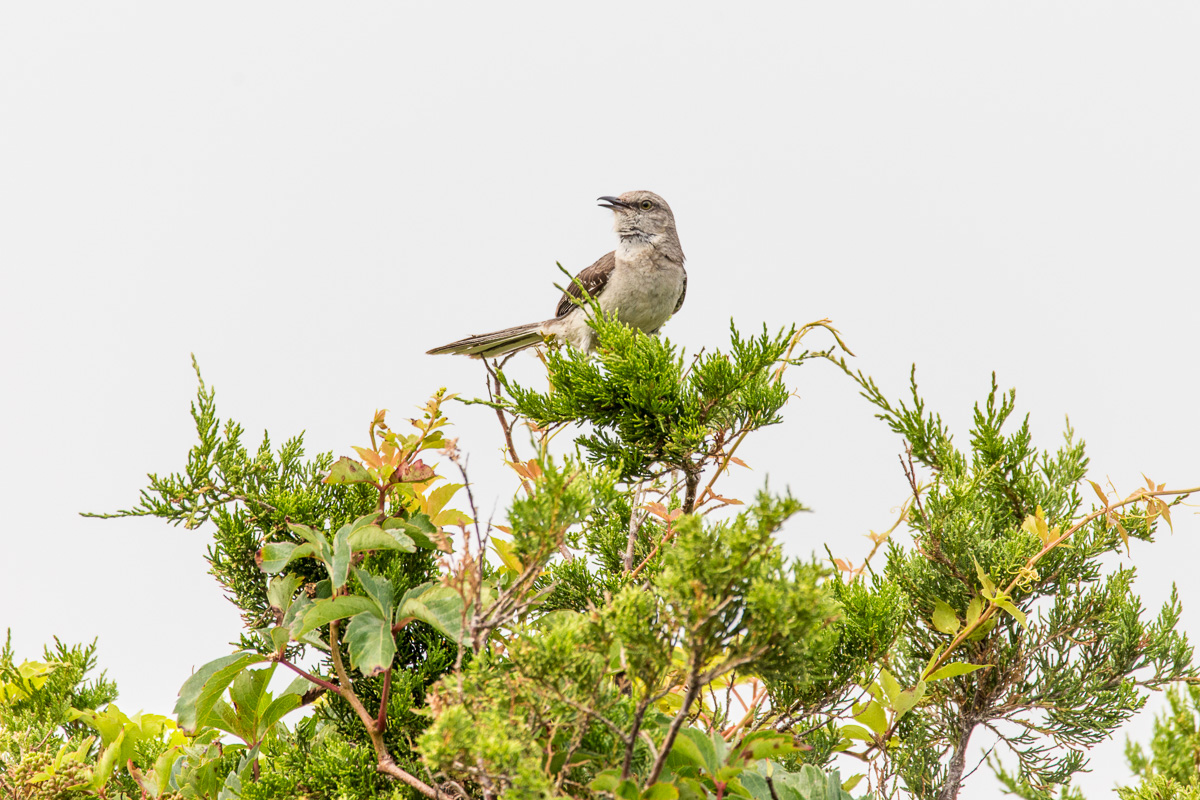
And in both out-of-the-box autofocus speed, and with AF-speed priority selected as the custom setting via the USB Dock and SIGMA Optimization Pro; the AF response time of the Sports and Contemporary versions is comparable in all my field and controlled situation observations.

When I am out and about making wildlife photos with a long lens, I am always also looking out for an “establishing shot” that puts the area where the photos were made into context. Many of the photos in this post were made on the beaches and bays and backwaters of Sandy Hook, NJ.

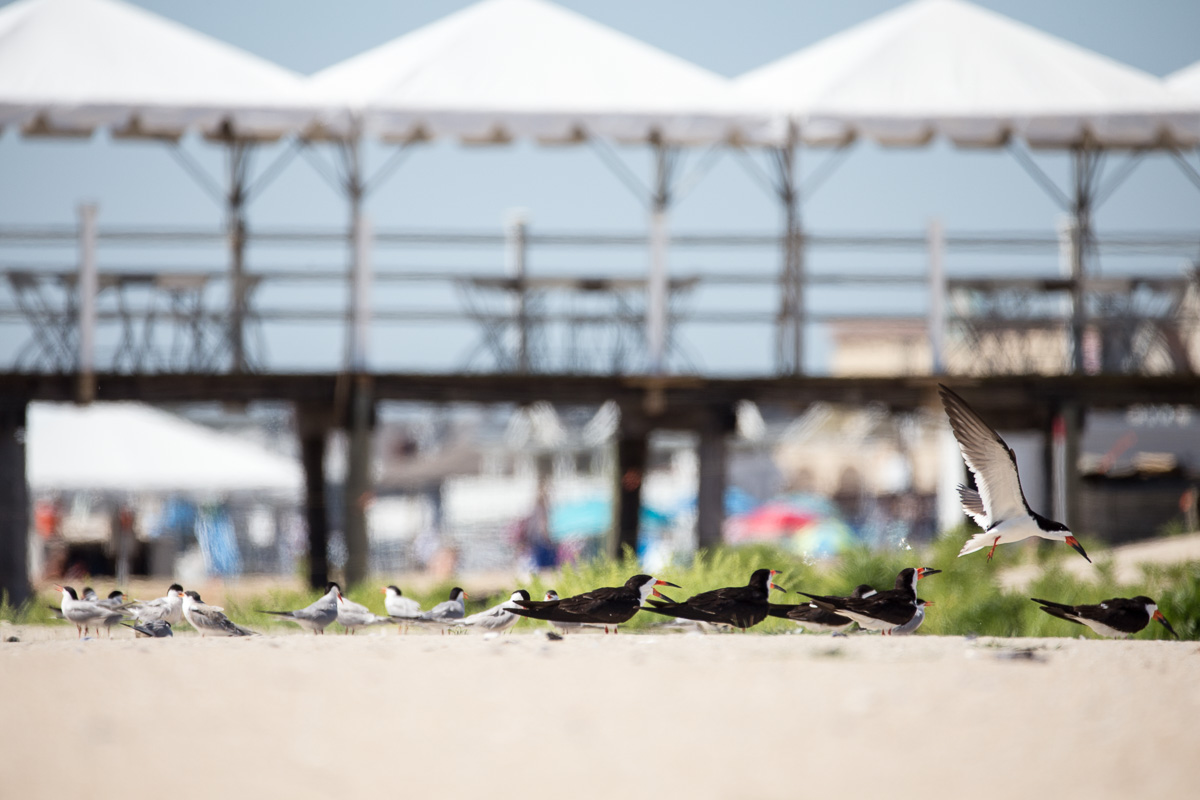
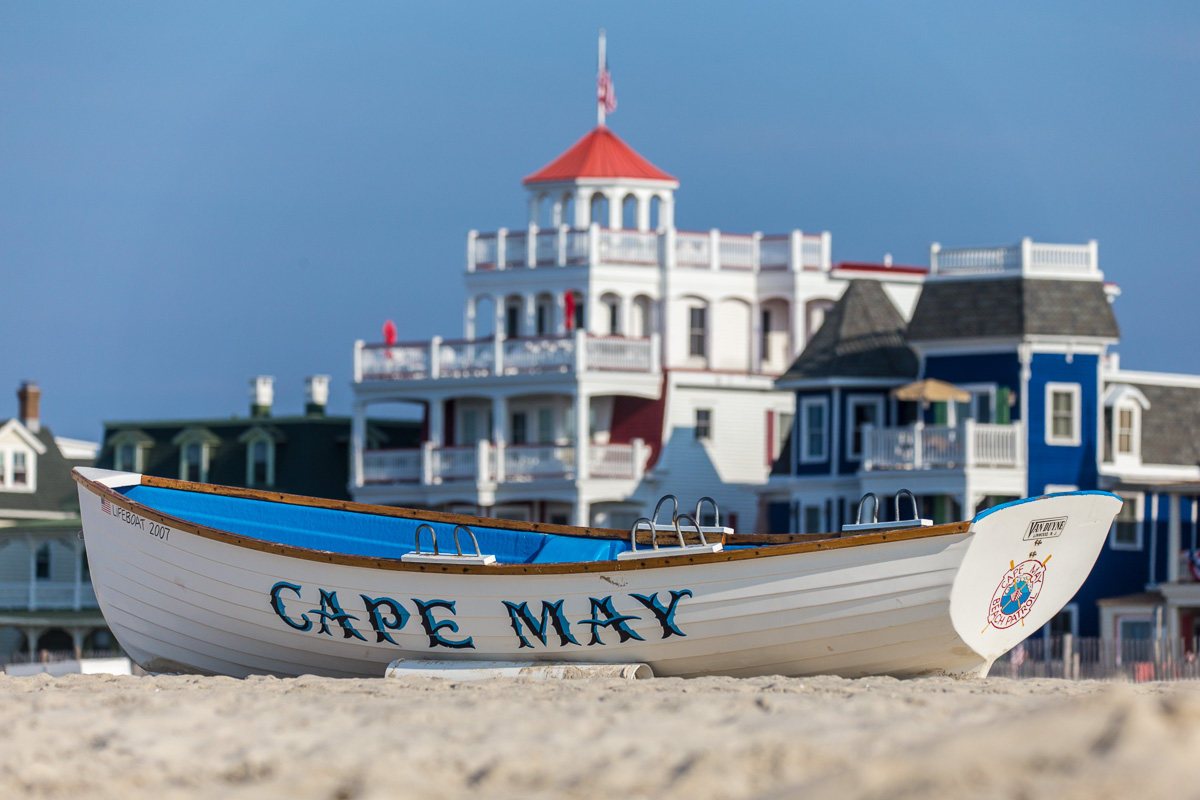
Never Compromise Performance
I used a high-contrast black and white target at a distance of fifteen feet illuminated with bright, broad, direct light (which was reading around 1/30 F6.3 at ISO 100), and set a Canon 6D to single shot AF, and threw the lens to closest focus distance before engaging AF and again from infinity and repeated both steps ten times. Both the Sports and Contemporary lenses emitted the focus beep to report target lock from close focus and infinity in very similar times. A hard-wired system tying stopwatch start time to AF activation and stopwatch stop time to the focus beep may show some minor variations in the hundredths or thousands of a seconds columns; but in my casual run-through, any variations between the two was negligible.
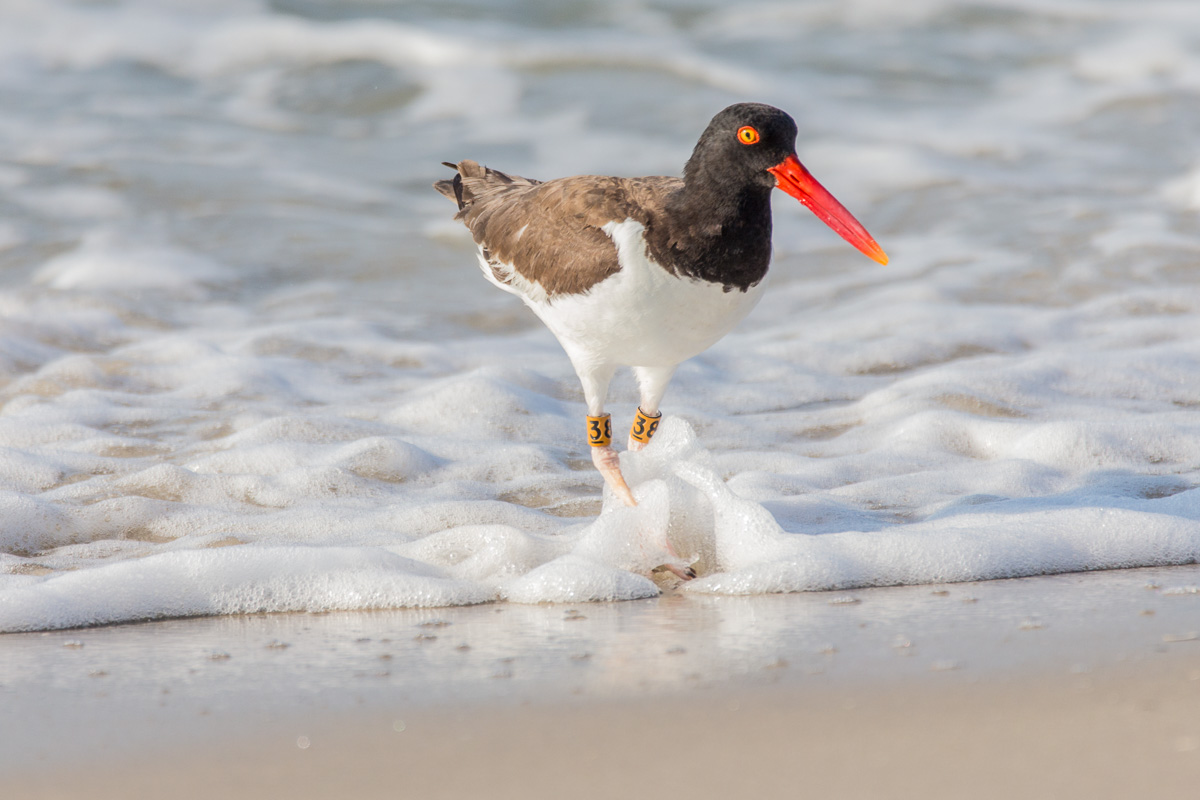
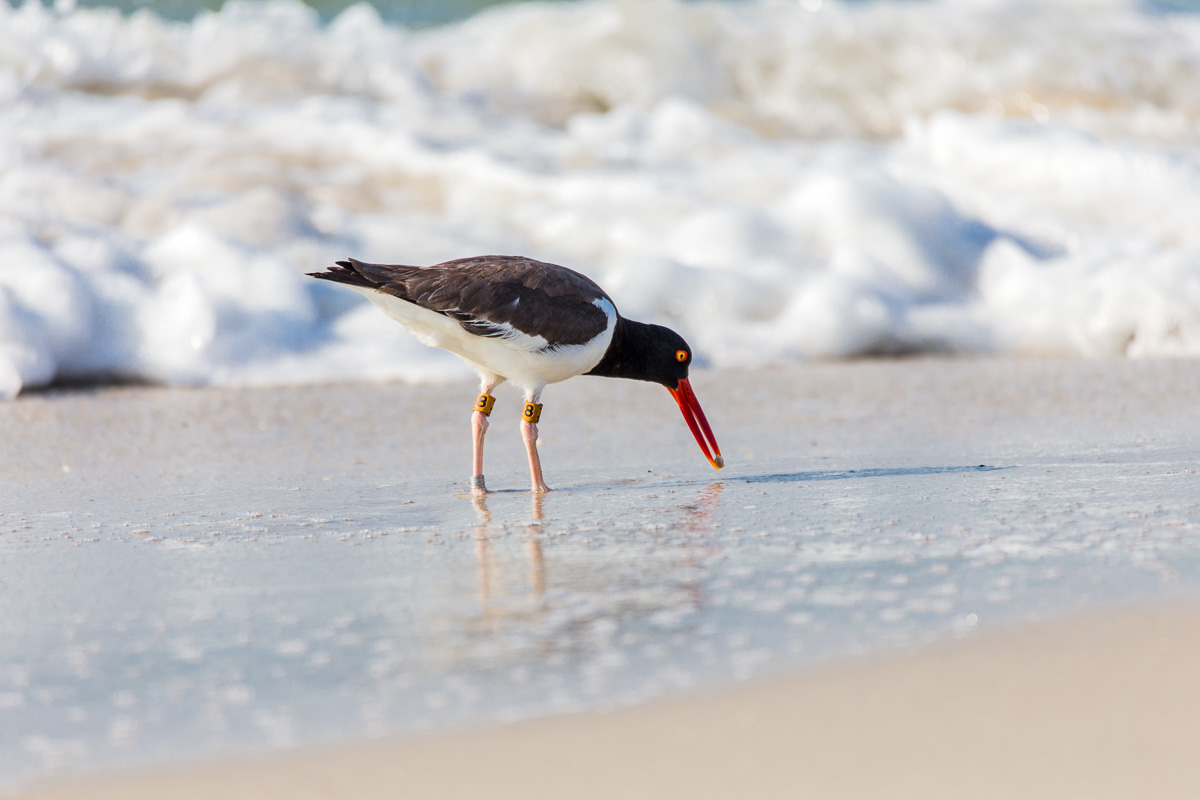
If you happen to spot a banded bird, try to make a number of photos to get a variety of angles of its legs, to report high and low bands and make sure you’ve got a couple views of the numbers.
You can see this bird’s full tracking history here.
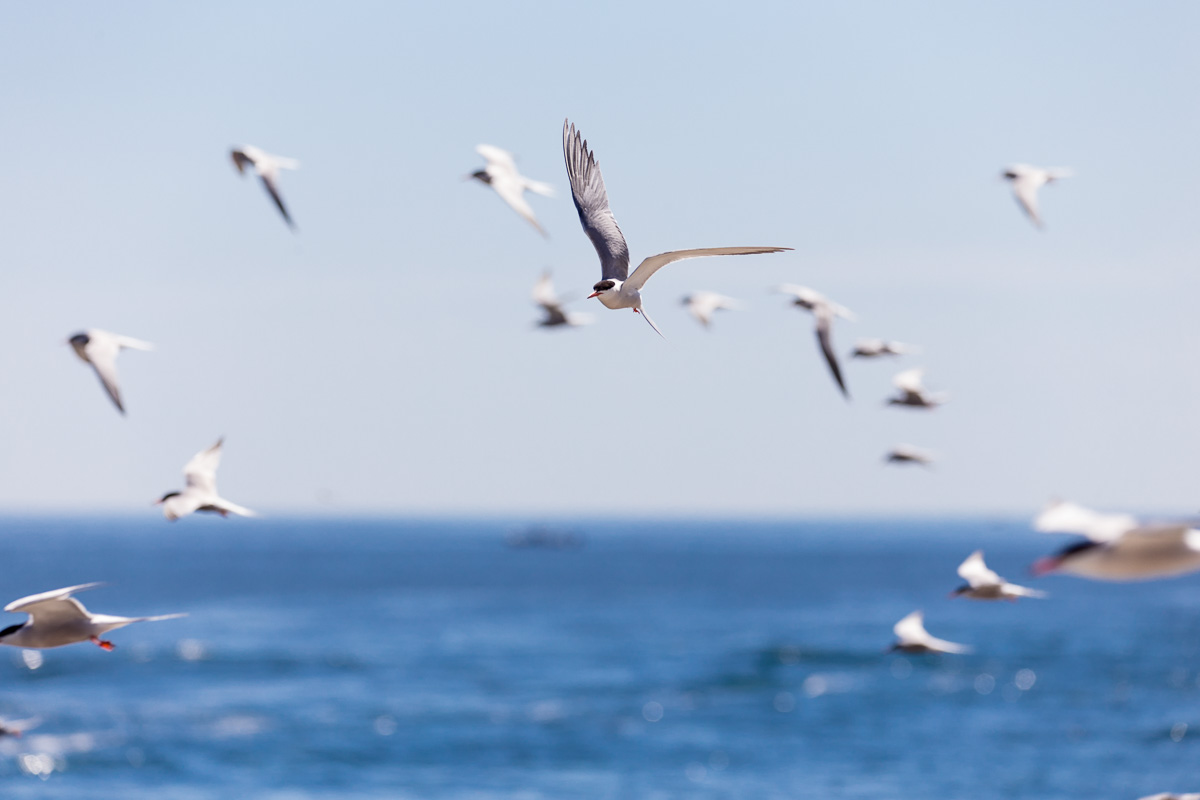
These birds were so close, and so fast that switching to the middle of focal range helped portray their synchronized flight better than a looser or tighter framing. Being able to quickly recompose is a key advantage of a tele zoom lens over a prime.

When I am out and about with the 150-600mm F5-6.3 DG OS HSM | Contemporary, I never feel like I am making an unhappy compromise in terms of total lens performance and image quality. Instead, I feel like I am hiking a couple of miles with a great, lightweight, long-reach lens always at the ready. And over the course of several hours, and a couple hundred or thousand photos in a session, that lighter weight helps limit fatigue and keeps me with eye through the viewfinder for longer spells.
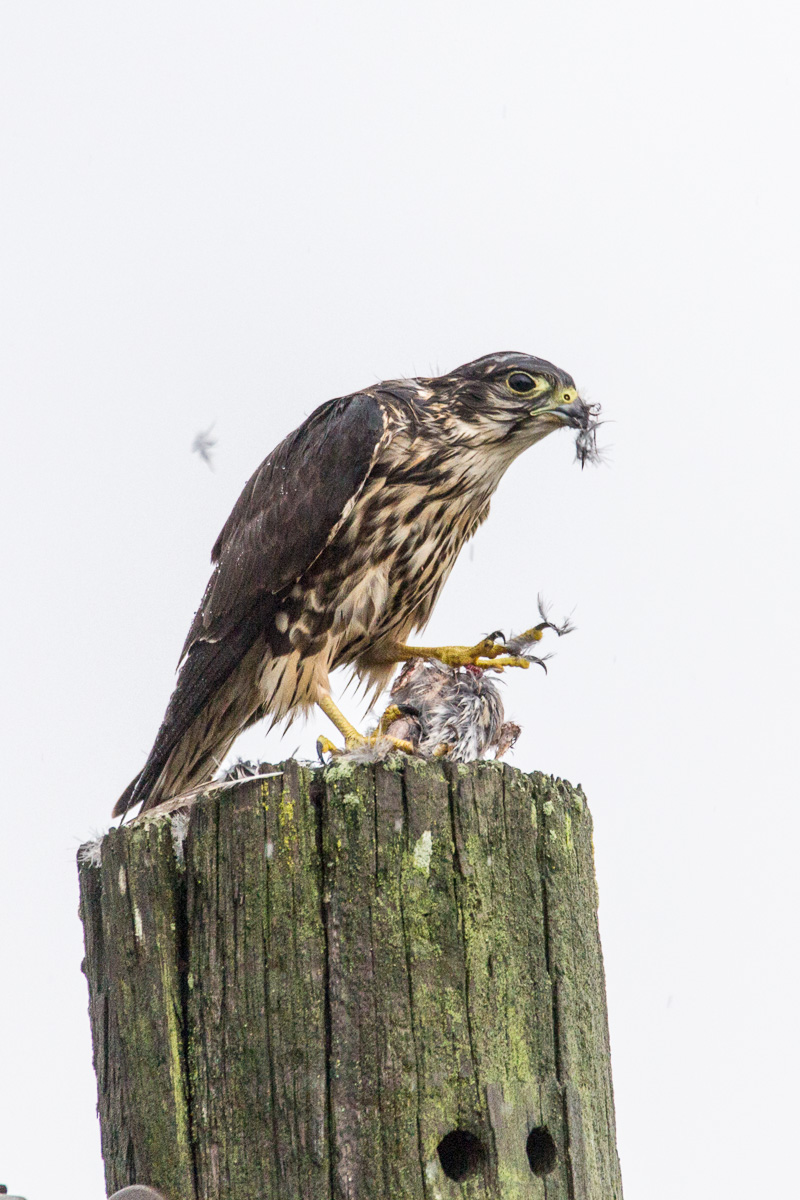
A few days ago, as a rainstorm was winding down, I walked outside to warm up my car, and saw feathers falling from the sky. Looking up, I spied a Merlin perched atop the telephone pole. I grabbed my 6D and 150-600mm F5-6.3 DG OS HSM | Contemporary and opened the top half of a second floor window to get an eye-level view of the drenched merlin and its unfortunate prey. I had to crop in a little bit to tighten up the frame. It is razor-sharp, even wide open, cropped in a bit, at ISO 800. The 150-600mm | C has rapidly become my new favorite outdoor lens.
Why the 150-600mm F5-6.3 DG OS HSM | Contemporary is the Winner
As much as I do love the rugged build of the Sports lens—and will choose this version in rougher weather—the feel of that extra weight does add up over time. Unless there’s pelting sideways rain in the forecast all day, it’s the 150-600mm F5-6.3 DG OS HSM | Contemporary lens I’ve got slung on my shoulder for my wildlife photography outings these days.
available for Canon EF and Nikon F systems (adaptable to Canon RF and Nikon Z with OEM converters / adaptable to Sony E-mount and L-Mount with SIGMA MC-11 and MC-21 converters, respectively)

That bird you’ve seen in Florida and NJ looks like a Northern Mockingbird to me. You took some great photos here! Thanks for sharing!
Will Sigma make a Sony E mount version? or at least a MC-11 fro Nikon mount to Sony? I’d buy it is a second. I am happy with the Sigma 19mm and 30mm art for Sony E mount (I wish Sigma made a 15mm for Sony crop frame with the same quality and price range)
Thanks for sharing the photos, especially of the Angler. I worked on that boat for many years. The boat was recently sold and relocated. Love to see pictures of the old girl. Thank you very much.
Jack, I feel I need to point out that you identified a great egret as a snowy egret. Your egret had black feet and an orange beak.
Will the 150-600mm C work on a APS-C sensor (I have a Canon EOS T7i. Looking at getting this lens, if it will fit/work.